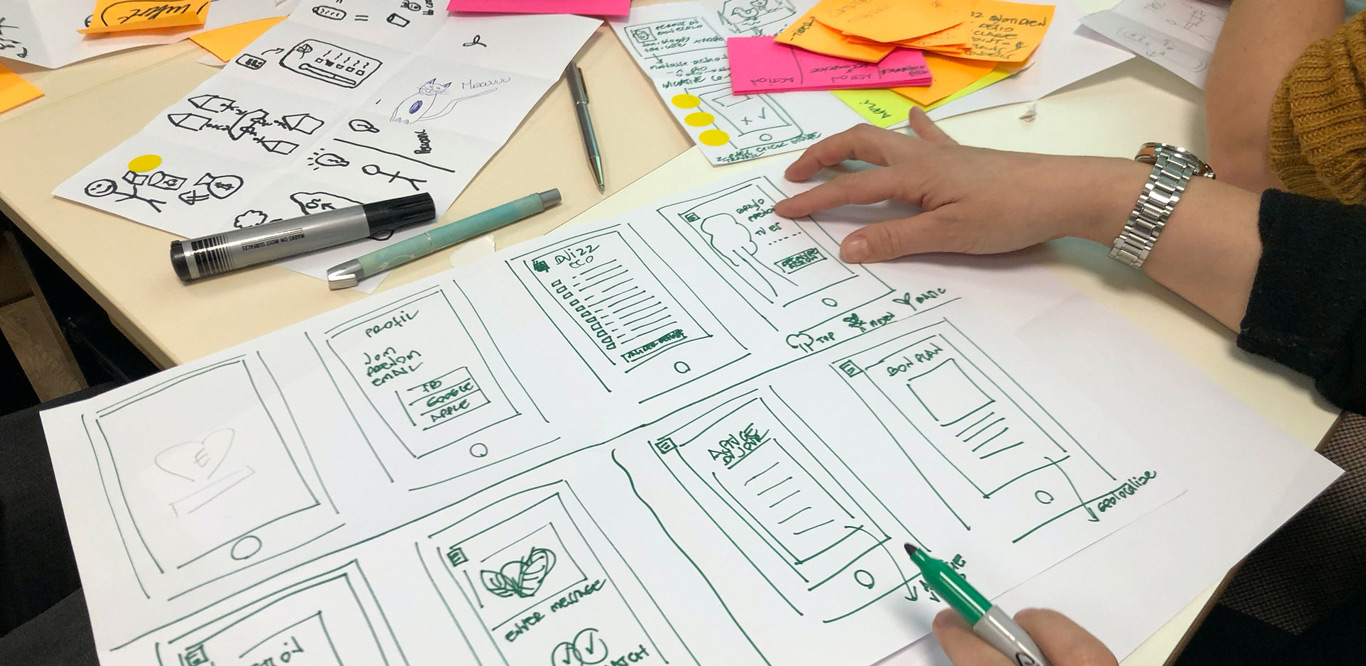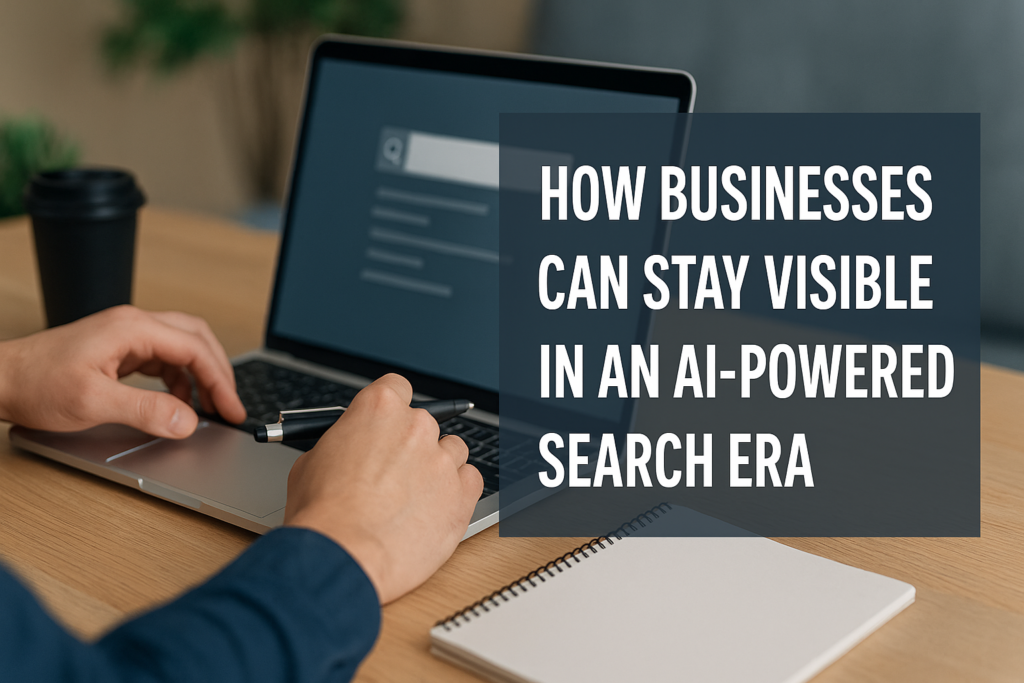
In the race of continued growth and enhancing your website’s SEO, never forget how UX and SEO are connected with each other. Gone are the days when keyword stuffing and backlinking were used for boosting rankings. Today, search engines have shifted their focus to experience and human behavior. Hence, enhancing your website’s rankings simply means you need to focus on the usability of your site just like other SEO tactics or even more.
User experience and SEO go hand-in-hand when you need to build a high-ranking website. Top ranking websites follow best-in-class SEO tactics with a fine blend of intuitive UX design. Good UX design elevates user engagement, website traffic, and rankings.
There are various aspects of UX design combined with SEO top practices such as a mobile-friendly website, fast-loading site, easy-to-navigate, engaging content, and much more. Read on the entire blog to know why you should lay importance on great UX for quality SEO in your websites.
You may also like: The Ultimate Guide to Hire Remote UI/UX Designers
Important of UX And SEO
UX optimization is an important aspect of design that focuses on the users after they have landed on your website. This type of UX is onsite and differs from offsite UX that is mainly known as customer experience. Website UX comprises each and everything ranging from layout and designs to user interaction.
Before, most of the designers focused on building websites for search engines and not for users. Adding keywords, backlinks, and quality content was enough to get your website on the top.
But now, search engines, especially Google, are giving importance to user behavior in order to offer the best search results. Search engines gather website and user data to enhance their understanding of the users. They keep an eye on how users interact with your website and if the data is not impressive, your website ranking may roll down.
Pogo sticking is a great UX signal that Google can measure. This happens when a user lands on a website from Google Search and returns back to Google for another search result because previously they didn’t find something they were looking for. Users repeat this process several times until they find a preferred website and never click back.
Pogo sticking generally goes hand in hand with high bounce rates because it’s a clear sign that users can’t find what they are actually looking for. The websites with greater pogo-sticking, or a higher bounce rate lack something that a user needs. The search engine simply monitors user traffic and ranks the website accordingly.
The website with a low bounce rate usually performs better as they help users find something they’re looking for. Such websites rank higher and can be seen on the first page results.
Why need great UX Design?
There are various reasons for a higher bounce rate. One important reason is the lack of a good UX in your website design. A great UX design contains simple navigation, user-friendly language, speedy loading times, and a clear purpose. These aspects of UX are vital parts of SEO as well. Both SEO and UX have a common goal i.e. enabling users to find something they are actually looking for.
For this, enhance your website’s UX to render the best experience to the users when they visit your website. You get higher rankings from search terms when users have an exceptional experience while visiting your site from Google.
The Best Practices of SEO and UX
Search engines don’t know why users are bouncing off your website. But you need to find out the reason in order to rule the market and stay at the top. The best way to know the reason is to audit your website and then enhance its UX design. The following are some of the best-in-class SEO and UX practices that result in high-quality SEO for your website.
- Easy User Navigation
While solely focusing on SEO and rankings, your website might suffer from complex navigation and poor site architecture. Easy and simple navigation will make your website easy to use and users might stay longer on your website. Simple navigation also allows the user to complete their tasks in less time and less confusion while getting a clear view of your website.
Again, more web pages are not always beneficial. One user-friendly web page with high-quality and engaging content is equally good for SEO. Multi-page websites are also great as long as they are easy to navigate. - Mobile Friendly
Today, 56.75% of all web traffic came through mobile phones. That means you need to focus more on the look, layout, text, images, feel, and the experience of your mobile site. If you don’t have a mobile-friendly website, your site might experience a high bounce rate as it won’t engage the mobile users.
Search engines and users will simply judge your site on the basis of its mobile layout. Each and every element of your mobile site affects the SEO of your website. Build user-friendly navigation with clear buttons. Keep a simple overall design and focus more on the usability of your website, high-quality content, and eye-pleasing design. - User-Friendly Layouts
Layout design, text size, and content organization can largely distort a site’s SEO. UX design can make or break the aesthetics of any website. A good and user-friendly web design can enhance the usability of your site while boosting traffic. This can be done by adding call-to-action buttons through the website along with images and videos, clear headers, proper formatting and organization of content, adding links, etc. - Clear Logo
A logo is one of the first elements a user notices while landing on your website. Hence, you must have a clear, obvious, and alluring logo for your brand. The tagline or logo must depict what your site is about. It should simply connect to the users’ requirements. - Fast Loading Site
A fast-loading website offers an exceptional user experience. Did you know, 53% of mobile site visitors will leave a page if it takes longer than 3 seconds to load. Hence, search engines consider website loading time as a vital factor in rankings. You can definitely enhance your website’s loading time by learning clean code, compression large images, and using a quicker web-host server. Also, optimizing different elements of your website will decrease loading times. - Use Heading
Headings are so important to boost SEO yet neglected many times. At first, users look at the headings to see if the website offers something that they are looking for. Search engine crawlers use the heading of your website to understand what your site offers and interpret the content. Every page must have an H1 tag. You can use H2 tags to H6 tags multiple times throughout the page to organize the content of that page. - Test. Test. Test.
Regularly enhancing your SEO and UX is one of the best ways to improve your website. You need to understand how SEO and UX can together work for your website. So, you can hire SEO experts to optimize your website. For this, testing your website must be included in your monthly checklist so you can improve it whenever required and simply boost your SEO.



